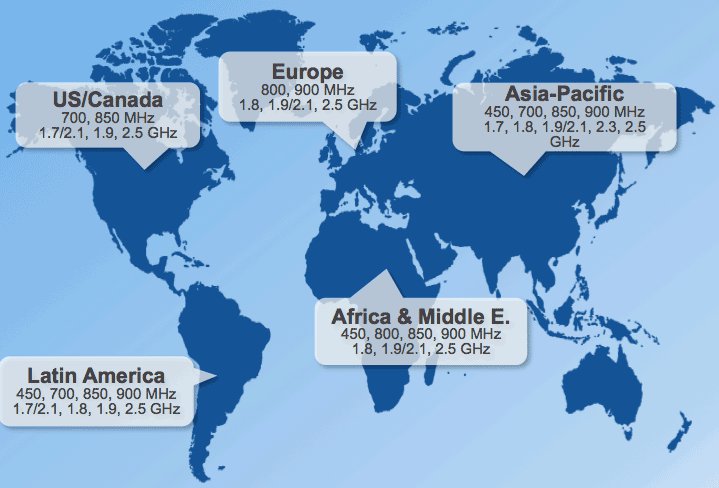Of course it's the device manufacturers who need to implement multi-band compatibility. Actually some devices like the Huawei E398u-15 already support multi-band LTE (800/1800/2600 MHz) but they support only the frequencies of the region they're designed for.
In Europe the 700-MHz band used for LTE in the US will remain in the domain of DVB-T.
Afaik all European countries will release or even have already released a chunk of the upper end of former UHF TV frequencies. Here in Germany the range from 790-862 MHz (channels 61-69) was auctioned in 2010 and T-Mobile and Vodafone have launched commercial operation already last year, while O2 will follow soon (eplus didn't win any 800MHz block but instead acquired additional 2100MHz blocks, where they now own 20 MHz of continuous spectrum).
In the UK the "digital dividend" spectrum will be smaller by a third (806-854 MHz), but afaik most EU countries will follow Germany's path.
Besides the 800 MHz band in Germany LTE is planned to be deployed also to 1800 MHz (T-Mobile rededicating GSM1800 blocks), 2100 MHz (probably eplus rededicating UMTS2100 blocks) and 2600 MHz (all operators).
In other European countries also the current GSM900 range will probably be reused for LTE, so there'll be at least five different bands used only in Europe.
Now if you include other regions that use completely different bands, it becomes clear that LTE results in an even worse fragmentation of frequencies than we've seen for UMTS.
This is an overview of proposed LTE frequencies worldwide:

A detailed overview with all the 26 FDD-blocks standardised so far can be found at
LTE frequency band
Since MIMO and thus the implementation of at least two antennas for each frequency band is obligatory for LTE building devices with global compatibility will be quite a challenge for manufacturers.